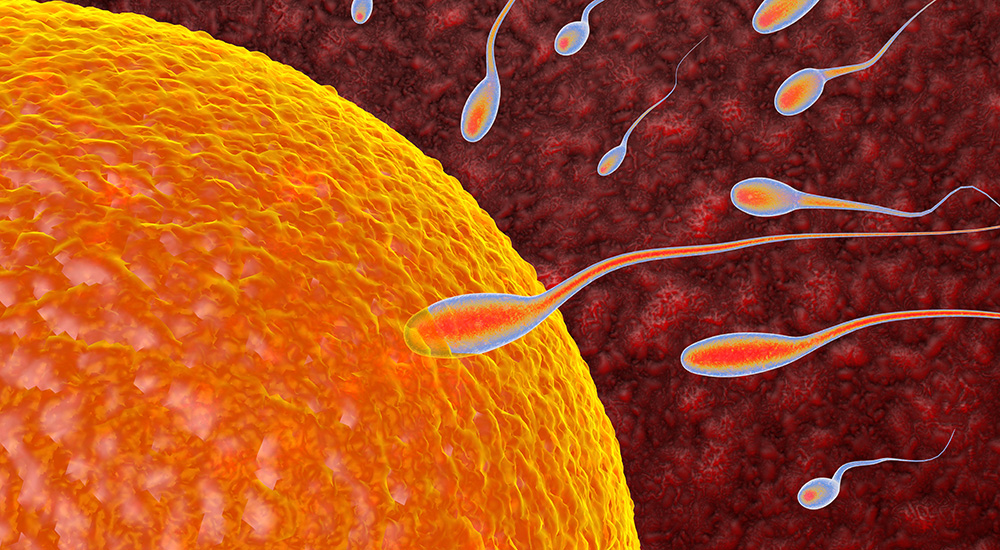
Summary
What is follicle stimulating hormone (FSH)
Follicle stimulating hormone (FSH) is made in the pituitary gland and plays an important role in sexual development in children and fertility in adults.
In females, FSH is essential for the growth of eggs in the ovaries.
FSH works with another hormone, luteinising hormone (LH), to regulate the menstrual cycle (periods).
The level of FSH varies throughout the menstrual cycle and is highest just before ovulation. Ovulation is when an ovary releases an egg that can be fertilised by sperm. FSH stimulates the follicles in the ovaries, the small sacs of fluid that contain eggs, hence the name follicle stimulating hormone.
In males, FSH stimulates the growth of the testicles in puberty and tells the testicles to make sperm in adults.
In children, FSH and LH levels are normally low when the child is young but they rise closer to puberty. This begins the changes toward sexual maturity and development.
How is FSH made?
FSH is part of a complex feedback system of glands, hormones and sex organs that together regulate sexual development and function. As well as FSH, this involves LH and the reproductive hormones testosterone, oestradiol, and progesterone.
Hormones are chemical messengers that are made by your glands and travel in your bloodstream to control the actions of specific cells in your tissues or organs. When they reach their target, they attach to a cell’s receptors, stimulating a response.
If any of the glands or organs in this system are not working as they should, abnormal levels of hormones are made.
Why get tested?
FSH testing is often used together with other tests including LH, testosterone, oestradiol and progesterone. Abnormal levels of FSH may be a sign of a problem in:
These tests are used to investigate:
FSH, LH and ovarian hormones during the menstrual cycle
FSH testing is used along with other hormone tests to investigate irregular menstrual periods or confirm menopause.
Day 0 is the first day of menstruation. FSH stimulates the growth of eggs in the ovaries during the first half of the menstrual cycle (follicular phase). It does this by causing the egg follicle to make oestradiol.
At about mid-cycle there is a surge of FSH and LH which is followed by ovulation - the release of the egg from a follicle at about day 14. The fertile period begins about five days before the LH surge and ends the following day – the egg quickly degenerates if not fertilised.
During the second half of the menstrual cycle (luteal phase) FSH stimulates the production of progesterone.
Menstrual cycle times can vary widely between people. This makes it difficult to calculate the exact timing of the fertile period. As a woman ages and menopause approaches, ovarian function wanes and eventually stops and as this occurs, the levels of both FSH and LH rise.
Males
Normally, FSH levels do not change much throughout the course of a man’s life. The FSH test is used to find out if there is a problem with the testicles or what may be the cause of a low sperm count. It is also often used to investigate early or delayed puberty. LH is measured to investigate the cause of low testosterone levels.
Children
In children, FSH levels rise soon after birth and then fall to very low levels in infancy. They remain low until puberty when levels begin to rise again. In girls, this stimulates the ovaries to make oestrogen. In boys, it stimulates the testicles to make testosterone.
Disorders affecting the hypothalamus, pituitary and/or the ovaries or testicles can cause too much or too little FSH to be made. This can result in conditions such as infertility, abnormal menstrual cycles, or early or delayed puberty.
Having the test
Sample
Blood
Any preparation?
None
Your results
Reading your test report
Your results will be presented along with those of your other tests on the same form. You will see separate columns or lines for each of these tests.
Results of an FSH test are typically considered with results of other hormone tests, such as LH, oestrogens, progesterone and testosterone.
Interpreting results
Female
Males
Children
Reference intervals
Your results will be compared to reference intervals (sometimes called a normal range).
If your results are flagged as high or low this does not necessarily mean that anything is wrong. It depends on your personal situation. Your results need to be interpreted by your doctor.
Any more to know?
Questions to ask your doctor
The choice of tests your doctor makes will be based on your medical history and symptoms. It is important that you tell them everything you think might help.
You play a central role in making sure your test results are accurate. Do everything you can to make sure the information you provide is correct and follow instructions closely.
Talk to your doctor about any medications you are taking. Find out if you need to fast or stop any particular foods or supplements. These may affect your results. Ask:
More information
Pathology and diagnostic imaging reports can be added to your My Health Record. You and your healthcare provider can now access your results whenever and wherever needed.
Get further trustworthy health information and advice from healthdirect.
What is Pathology Tests Explained?
Pathology Tests Explained (PTEx) is a not-for profit group managed by a consortium of Australasian medical and scientific organisations.
With up-to-date, evidence-based information about pathology tests it is a leading trusted source for consumers.
Information is prepared and reviewed by practising pathologists and scientists and is entirely free of any commercial influence.